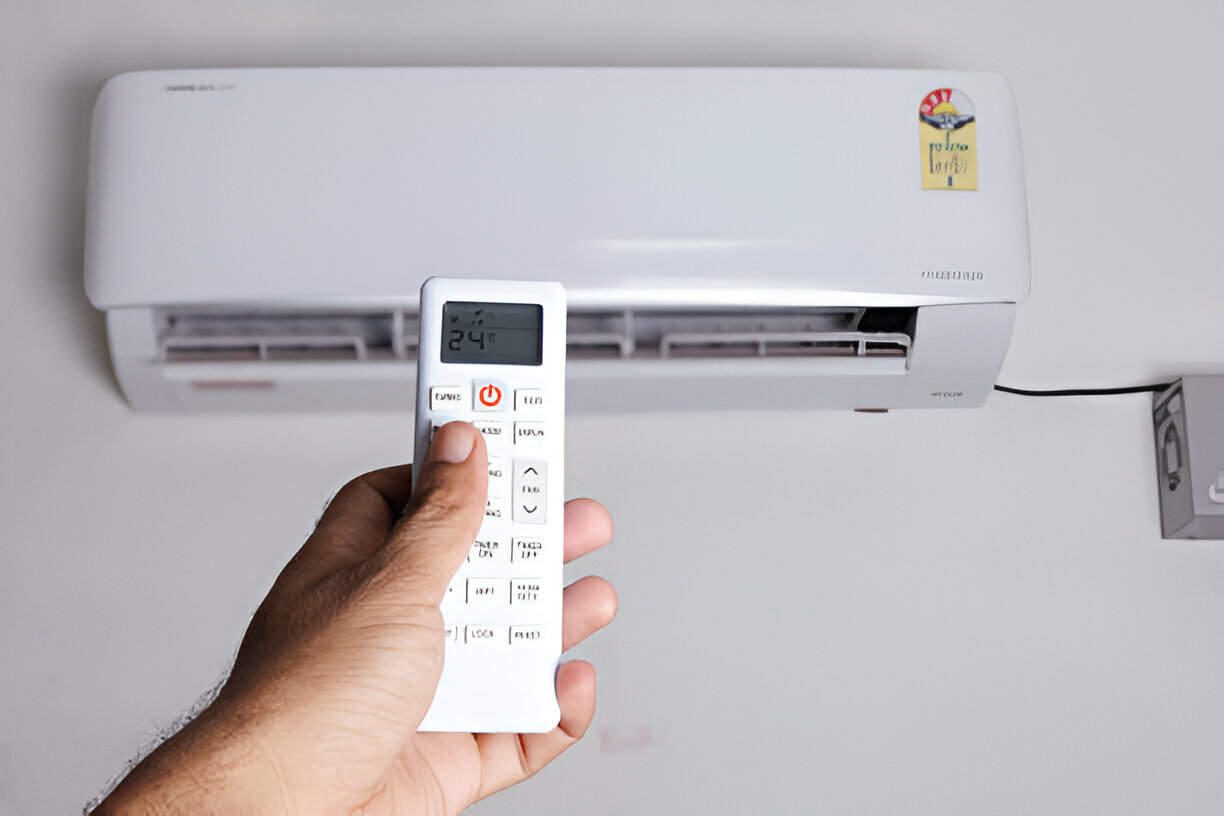
In today’s energy-conscious world, investing in split heating and cooling systems has become a strategic choice for homeowners seeking efficient climate control solutions. This comprehensive guide aims to equip you with the necessary insights to make an informed decision regarding the installation of split air conditioning systems.
Understanding Split Heating and Cooling Systems
Split systems consist of two main components: an outdoor condenser unit and an indoor air handler. These systems operate by transferring heat between indoor and outdoor environments, providing both heating and cooling functionalities.
Components of Split Systems
- Outdoor Unit: The condenser, compressor, and fan are housed in the outdoor unit, and responsible for dissipating heat during cooling and extracting heat from the outside air during heating.
- Indoor Unit: Typically located indoors, the air handler contains the evaporator coil, blower, and air filter. It circulates conditioned air throughout the living space.
Factors to Consider Before Investing
Energy Efficiency
Split systems are renowned for their energy efficiency, with many models boasting high SEER (Seasonal Energy Efficiency Ratio) ratings. When investing, prioritize models with ENERGY STAR certification for optimal energy savings.
Sizing and Capacity
Proper sizing is crucial to ensure adequate heating and cooling capacity for your home. A professional air conditioning contractor can conduct a load calculation to determine the ideal system size based on factors such as square footage, insulation, and climate.
Installation Requirements
Installation of split systems requires expertise to ensure proper positioning of both indoor and outdoor units. Consider factors like available space, local building codes, and potential obstacles when planning the installation process.
Maintenance Needs
Regular maintenance is essential to maximize the lifespan and efficiency of your split air conditioning system. Tasks such as filter replacement, coil cleaning, and annual professional inspections should be included in your maintenance regimen.
Advantages of Split Systems
Zoned Comfort Control
Split systems offer zoned heating and cooling capabilities, allowing you to customize temperatures in different areas of your home. This feature enhances comfort levels while minimizing energy wastage.
Quiet Operation
Unlike traditional air conditioning systems, split systems operate quietly, making them ideal for noise-sensitive environments such as bedrooms or home offices.
Improved Indoor Air Quality
With advanced filtration options and the absence of ductwork, split systems contribute to better indoor air quality by reducing the circulation of dust, allergens, and other airborne particles.
Conclusion
Investing in a split heating and cooling system offers numerous benefits, including energy efficiency, zoned comfort control, and improved indoor air quality. By considering factors such as system size, energy efficiency ratings, and installation requirements, you can make a well-informed decision that enhances both your comfort and energy savings. Consult with a reputable air conditioning contractor to explore the best options tailored to your home’s specific needs.
Contact Us Today
For all your air conditioning service needs in Hervey Bay, contact Chilled Heat today. Our friendly and knowledgeable team is ready to assist you with professional installation, repair, and maintenance services. Ensure your home or business stays comfortable year-round with Chilled Heat.